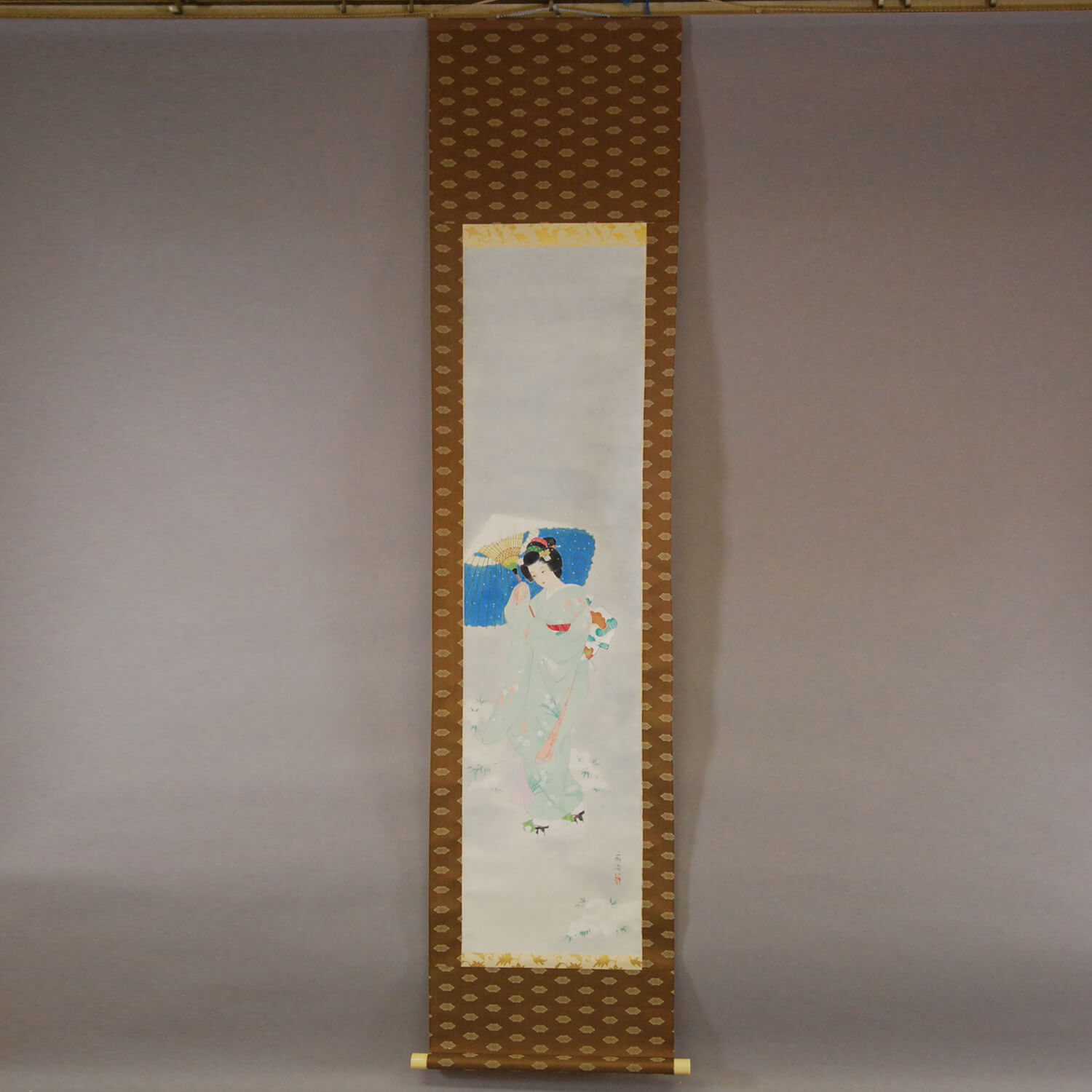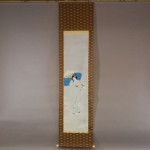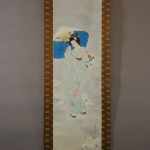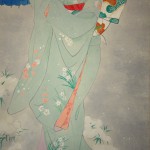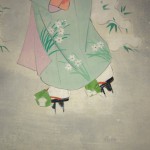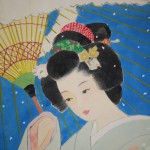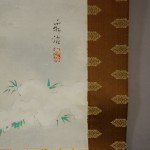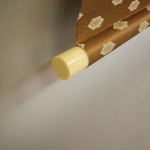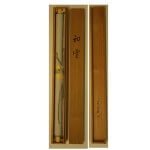Products Lineup
News / Blog
Other Menus
Kakejiku Hanging Scroll: The First Snowfall of the Season / Hideharu Morita - Hatsuyuki
- Product ID
- 0122
- Name
- Hideharu Morita
- Profile
1910-
An associate member of the Nitten Exhibition
A disciple of Shinsui Itou- Size
- 515mm x 1950mm
- Roller End Material
- Artificial ivory
- Material of the Work
- Japanese paper
- Stock Condition
- Sold out
- Duty and Taxes
Import duty and taxes are beyond our control and may apply to your shipment. Please noted that these fees are the responsibility of the buyer.
- Description
A woman walks on a snow-covered road in this painting. This scene seems a night scene. She is walking alone in the snow with an umbrella up at night. Normally, a dark, snowy night presents a lonely image; however, the woman has a faint smile on her face. She might be going to see the man of her heart, or she might be relieved to come home. Her faint smile lets us imagine anything. “Bijinga” (portrait of a beautiful women) make viewers imagine the woman’s heart emphasized by the depiction of the woman’s unconscious facial expression or behavior, and as a result this depiction needs delicate brushwork. Hideharu Morita shows himself at his best in this painting.

